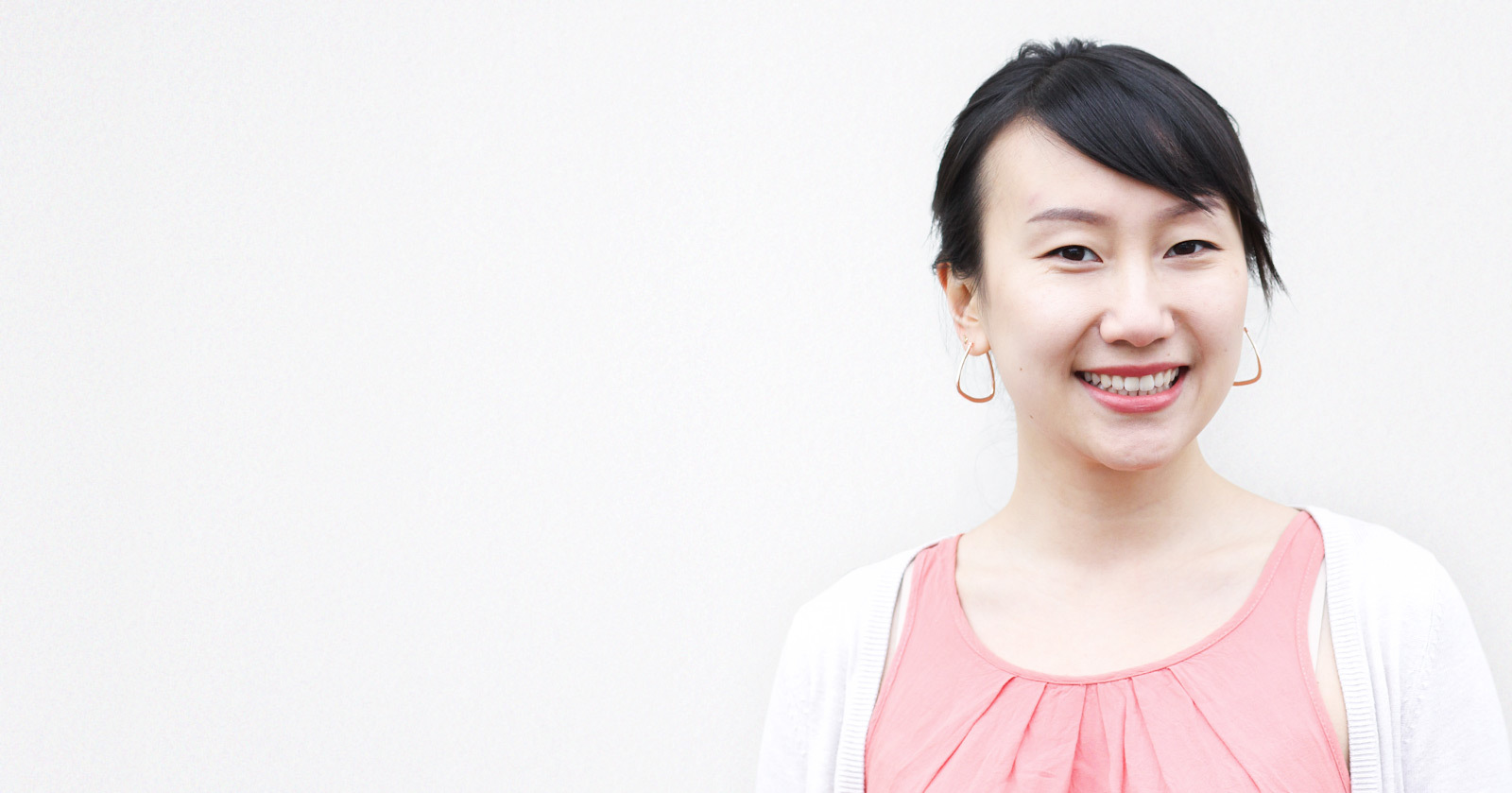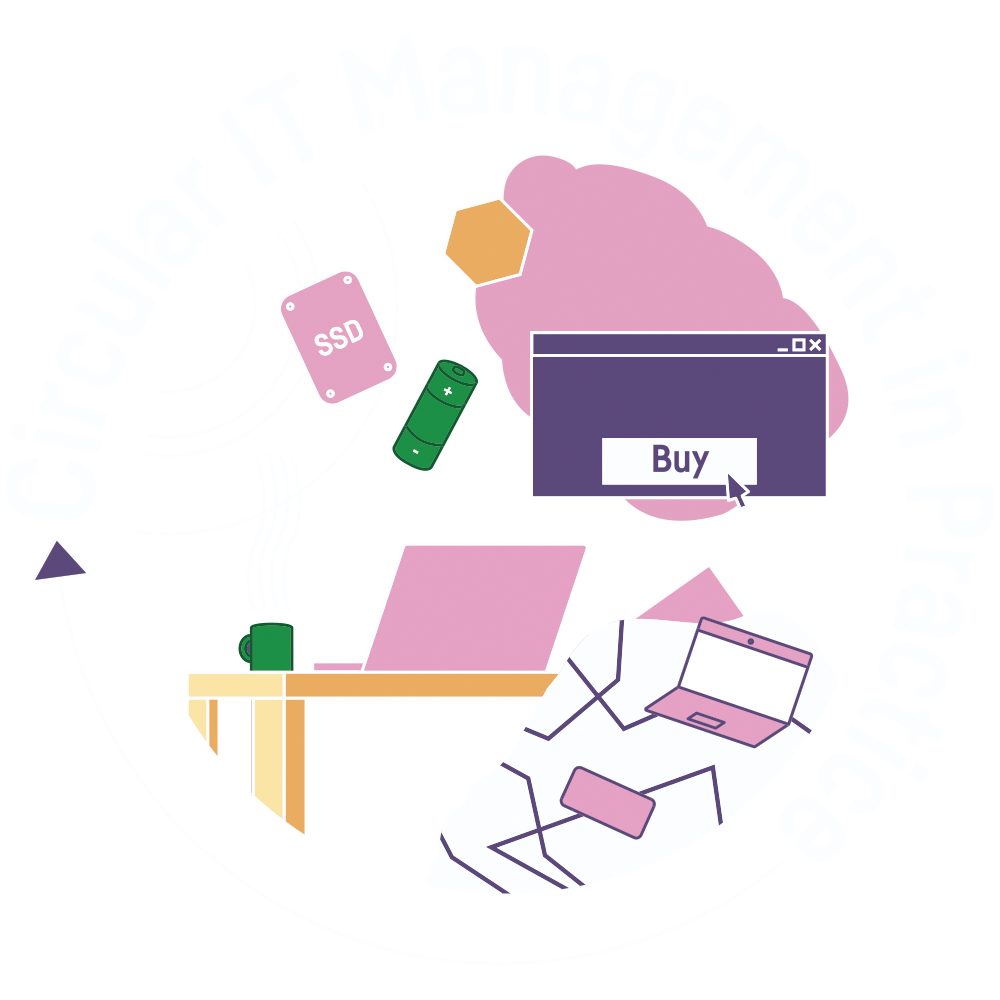We have talked to Alexandra Wu from IVL, the Swedish Environmental Research Institute, about the circular economy and how it is applicable to electronics. Alexandra works in the Waste and Resource Flow Group with consulting and research projects focusing on the transition to the circular economy, with a focus on electronics and batteries.
Alexandra recently talked about this topic at a recent webinar hosted by Circular Electronics Initiative that we are part of. The initiative aims to encourage organizations and consumers to take a more responsible approach to the electronic goods they use.
How did you end up working with the circular economy and electronics?
I did my Masters research on full material disclosure in the electronics supply chain and became fascinated with circular economy issues in the electronics industry, especially when it comes to working with industry actors and tackling issues at a systems level.
What is the circular economy?
In a linear economy, we typically take resources, make products and then throw them out as waste (a “take, make, waste” system). Whereas the circular economy refers to an economic system where energy and resources are regenerated and preserved in the system, and waste is minimized (if not eliminated). It’s important to know that circular economy is only a means to an end, and not the end goal itself. It is a tool to tackle systemic societal issues like climate change and biodiversity loss. It can also provide a great opportunity to decouple economic growth from environmental degradation and build resilience.
Why should we care about electronics and their footprint?
For three major reasons:
- We produce a huge amount of electronic waste – an average of 7kg per person globally. In high-income countries, the amount is much higher.
- Most of the time, the electronics we throw out or put aside still have useful life remaining. This means we are not being efficient in terms of resource use.
- Making electronic products is extremely environmentally intensive and wasteful. Especially at the mining stage, which also carries conflict mining risks for certain metals including gold, tin, tantalum, tungsten, and cobalt.
A circular economy for electronics, what does that mean?
In an ideal world, a circular economy for electronics would be one where all products are repairable, refurbishable and upgradable so that the use life of products is higher. New use models like product sharing and product-as-a-service would be commonplace. At the end of the use life the products would not become waste – rather they would be remanufactured or fully recycled. But this can only happen if products are designed for circularity in the first place – to facilitate longer use life through repairability/upgradability, etc. Finally, products can also be designed to use circular parts – ideally from renewable resources.
What should we start doing today?
We are all electronics consumers – and in most cases the most impactful thing we can do is to use what we already have for longer and make it last by trying to repair our products before buying new. If we have to buy new, consider buying secondhand (if it makes financial sense) or prioritizing environmentally-friendly products.
In 10 years, how far do you think we have come with circular electronics?
In a general sense, we are still at the tip of the iceberg when it comes to being circular in electronics! In Europe, thanks to the WEEE Directive we have a system for collecting and recycling electronic waste, but the rate and quality of recycling varies between countries, and even when we recycle we only recover a handful of metals compared to the hundreds of materials and metals present in products. The adoption of other circular economy approaches is still relatively new. But it is still good to see that we are moving increasingly in that direction.
Watch the Circular Electronics Initiative Webinar Circular economy and electronics — from theory to practice.

Gabriella Mellstrand is the Global Marketing & Communications Director at TCO Development. She has a lifelong interest in sustainability and the environment. Gabriella is also a foodie, running a social media account where she shares a lot of tips on local restaurants and different dishes.





